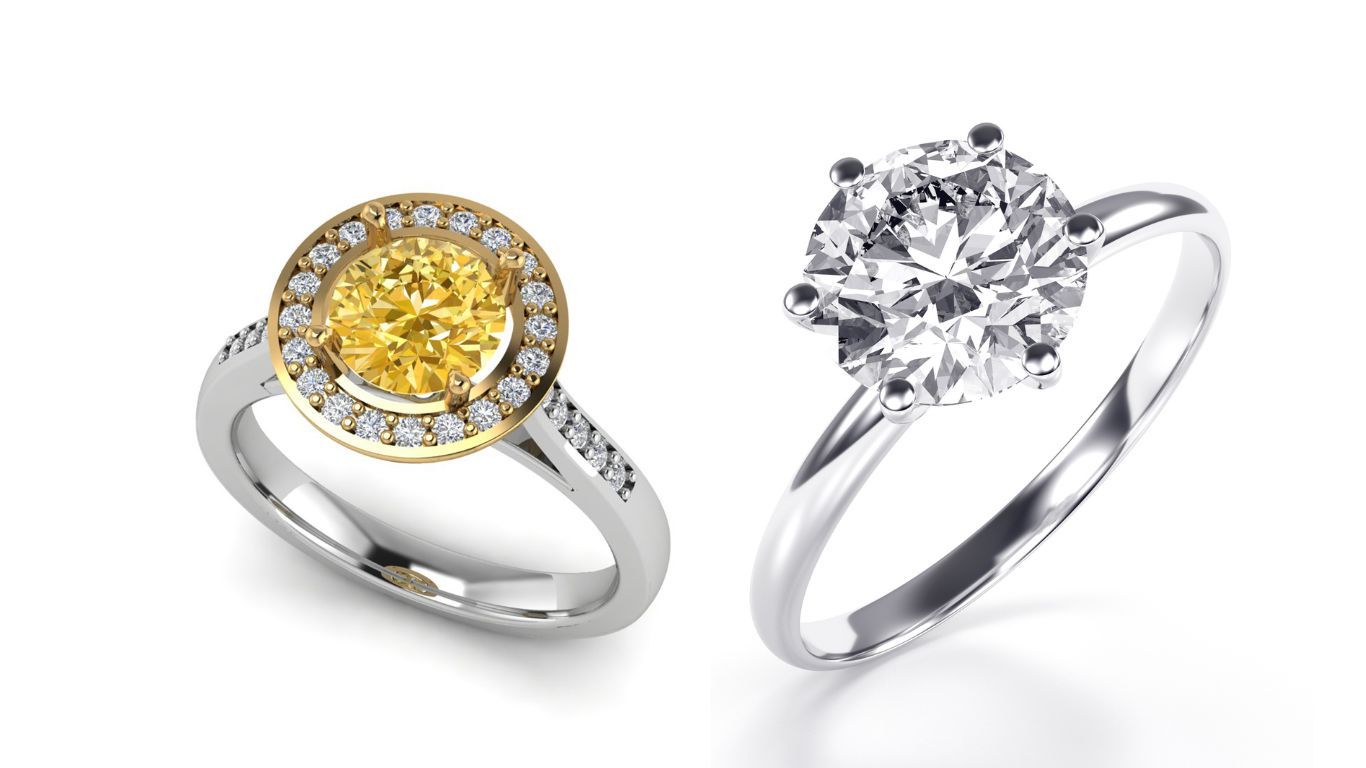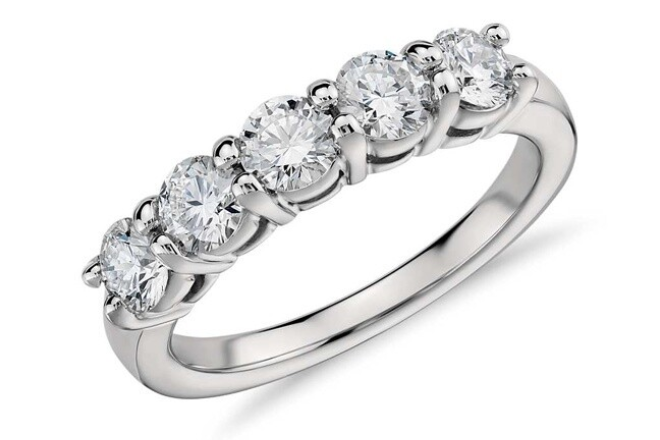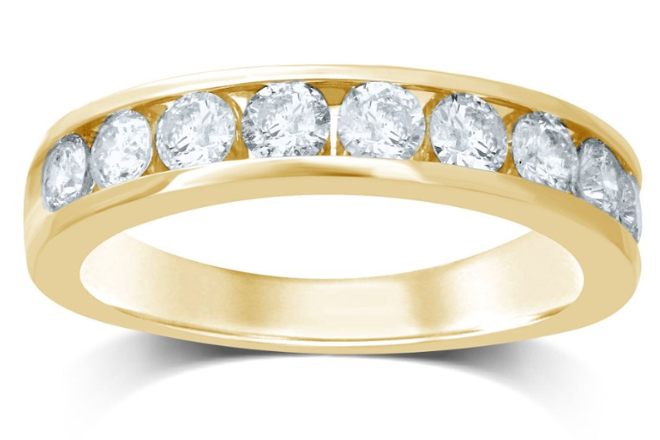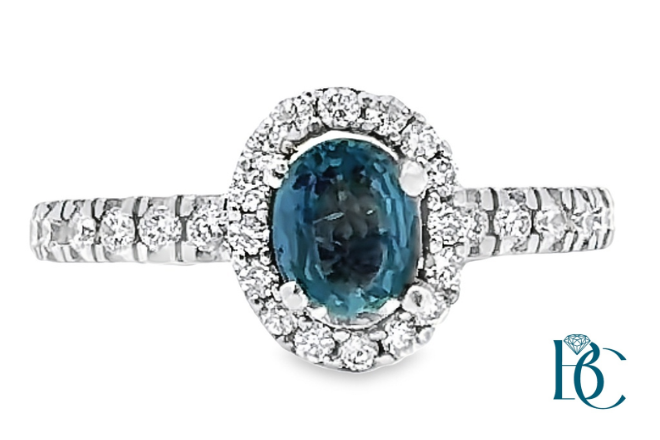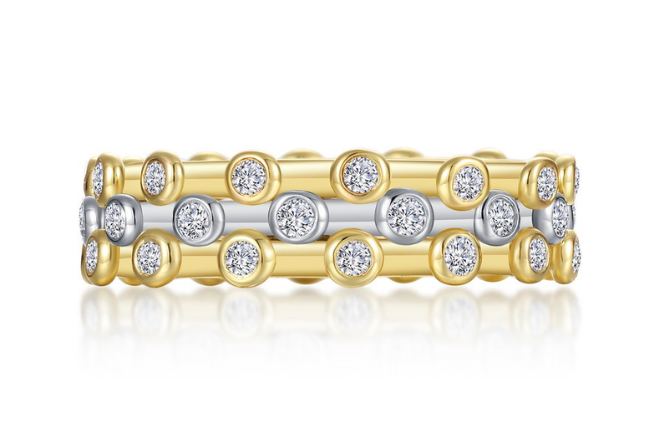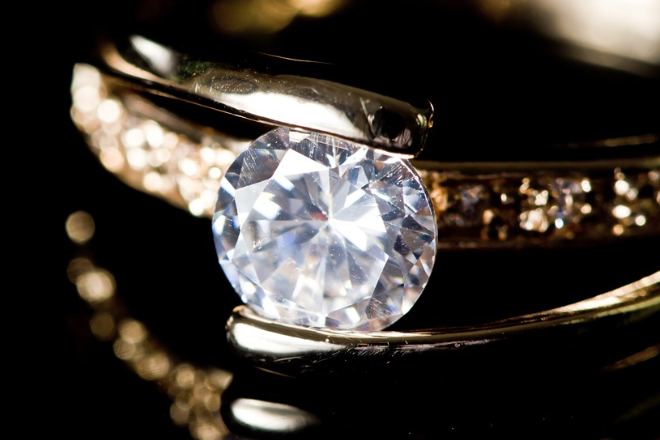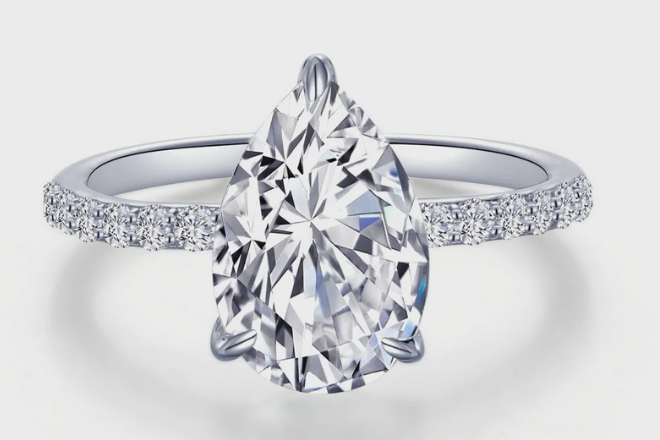Choosing an engagement ring is a big decision. Many people wonder about the differences between unique and traditional engagement rings. Unique gemstone engagement rings stand out from the crowd with distinctive shapes, colors, and styles, offering a personal touch that traditional diamond rings may not provide.
For those seeking something different, unique rings can feature a variety of gemstones, each with its own meaning and beauty. They allow couples to express their individuality and convey their unique love story. Traditional rings often symbolize lasting commitment with their classic designs, but they may not capture the essence of every couple’s relationship.
Exploring the world of unique gemstone engagement rings can be exciting. This post will help readers understand their choices better, allowing them to find the perfect ring that represents their bond in a way that feels true to them.
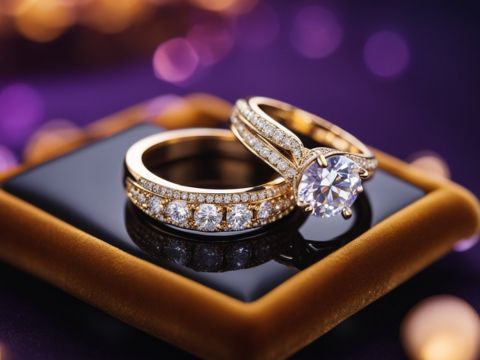
Understanding Engagement Rings
Engagement rings carry deep historical and modern meanings. Their significance has evolved, reflecting changes in culture and society.
Historical Significance
The tradition of engagement rings dates back to ancient times. Romans are credited with giving rings made of iron to symbolize strength and permanence. Later, gold became popular, representing wealth and status.
In the 15th century, Archduke Maximilian of Austria popularized diamond rings when he presented one to Mary of Burgundy. This marked the start of diamond engagement rings as a trend among the upper class.
The custom transformed into a symbol of commitment and love. Over the years, different cultures added unique elements and styles to represent their values and beliefs.
Modern Symbolism
Today, engagement rings symbolize love, commitment, and the promise of marriage. They serve as a public declaration of a couple’s intention to marry.
The choice of metal and stone often reflects personal style and preferences. Some people prefer traditional diamonds, while others choose unique gemstones.
This choice can represent individuality and creativity in a relationship. Modern trends show couples seeking rings that tell their unique story, moving away from conventional designs.
Engagement rings are more than just jewelry; they embody the unique journey each couple takes together.
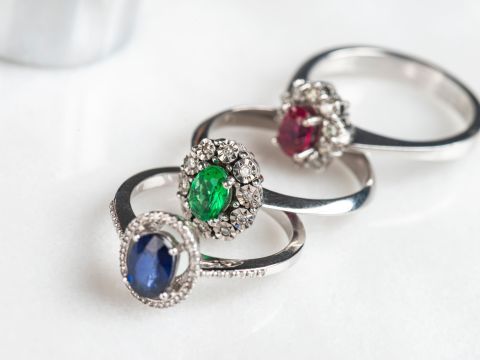
Characteristics of Unique Gemstone Engagement Rings
Unique gemstone engagement rings offer distinct features that set them apart from traditional options. These rings highlight various types of gemstones, distinctive design elements, and numerous customization options that appeal to many buyers.
Types of Unique Gemstones
Unique engagement rings often feature gemstones that are less common than diamonds. Some popular choices include sapphires, emeralds, and moissanite. Each stone holds its own significance and comes in various colors.
- Sapphires: Available in multiple colors, they symbolize loyalty and trust.
- Emeralds: Known for their vibrant green hue, they represent rebirth and love.
- Moissanite: A brilliant alternative to diamonds, it is also more affordable and has a high sparkle.
Choosing a unique gemstone adds personality and meaning to the ring.
Design Elements
The design of unique gemstone engagement rings is often more creative and personalized. Settings can differ significantly compared to traditional rings.
- Vintage styles: Work intricate designs, often inspired by the past.
- Minimalist designs: Focus on simple lines but bring attention to the gemstone.
- Artistic settings: Include unusual shapes or arrangements, enhancing the gem’s prominence.
These elements ensure that each ring reflects the couple’s style and love story.
Customization Options
Customization is a significant feature of unique gemstone engagement rings. Couples can tailor every aspect to their preferences.
- Metal choices: Options range from classic gold to modern rose gold or platinum.
- Setting style: Select from options like halo, solitaire, or side stones.
- Gemstone placement: Decide how to showcase the main stone with various arrangements.
This flexibility allows partners to create a ring that feels special and meaningful, making it a true reflection of their relationship.
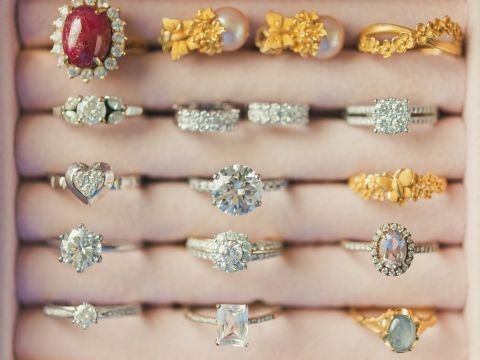
Comparing Traditional and Unique Engagement Rings
When choosing an engagement ring, buyers often weigh the benefits of traditional versus unique styles. Each option brings distinct qualities related to materials, design, and personal significance to the wearer.
Material and Gemstone Choices
Traditional engagement rings typically feature diamonds. They are often set in white gold, yellow gold, or platinum. The classic round cut is popular for its brilliance.
Unique engagement rings may include various gemstones, such as sapphires, emeralds, or rubies. These stones add color and individuality. Additionally, unique rings might use alternative materials like rose gold or unconventional metals.
Buyers can find numerous styles and qualities, which makes choosing the right material and gemstone essential for setting the tone of the ring.
Styling and Craftsmanship
Traditional engagement rings are well-known for their timeless designs. The focus is often on simplicity and elegance. Many traditional styles showcase the center stone with minimal embellishments.
Unique engagement rings offer a vast array of creative styles. Custom craftsmanship allows for intricate details that reflect personal preferences. For example, unique rings may feature asymmetrical designs or mixed metals.
This variety enables wearers to express their individuality while still celebrating the significance of the engagement.
Cultural and Personal Preferences
Cultural and personal values significantly influence the choice between traditional and unique engagement rings. Many people prefer traditional rings due to their long-standing symbolism and historical significance.
Alternatively, some individuals seek unique rings to represent their personal story and style. This choice can be particularly meaningful for couples who want to express their journey together or cultural heritage.
Ultimately, it’s essential to consider what resonates most personally when selecting the perfect engagement ring.
Selecting the Perfect Ring
Choosing the right engagement ring involves careful thought about personal style and daily life. It’s essential to balance these factors while also considering budget and the value of the ring.
Considering Lifestyle and Personal Taste
A person’s lifestyle plays a big role in selecting an engagement ring. For someone active or hands-on, a sturdier design is important. Here are some key points to think about:
- Metal Choices: Consider durable metals like platinum or titanium if the wearer leads an active life.
- Gemstone Selection: Unique gemstones can reflect personal taste. Choices like sapphires or emeralds can stand out beautifully.
- Setting Style: Simple settings work well for daily wear, while intricate designs may suit more formal occasions.
Personal taste should also guide the choice. It’s helpful to think about whether the ring should be classic or more modern.
Budget and Value
Setting a budget is crucial when shopping for an engagement ring. This helps narrow down choices and avoids overspending. Here’s how to approach it:
- Determine a Budget Range: Decide on a comfortable spending range before shopping.
- Consider Quality vs. Price: Higher-quality materials might cost more but can offer better value in the long run.
- Look for Sales: Many jewelers offer discounts during certain times of the year.
Value doesn’t only mean price. A well-chosen ring can hold sentimental value and be cherished for years. Investing time in understanding options leads to a wise purchase.
Frequently Asked Questions
This section provides clear answers to common questions about unique and traditional engagement rings. It covers differences in styles, the significance of designs, and cultural practices related to engagement rings.
What distinguishes a traditional engagement ring from a unique one?
A traditional engagement ring usually features a diamond set in a classic style, often a solitaire or a simple band. Unique engagement rings often incorporate different gemstones, unconventional settings, and personalized designs. This allows for more creativity and individual expression.
How do gemstone engagement rings compare to diamond rings in terms of style and value?
Gemstone engagement rings can offer a wider variety of colors and styles. They may appeal to those who want something different from the traditional diamond. In terms of value, diamonds are typically priced higher due to their demand and rarity compared to many gemstones.
What should be considered when choosing a designer brand for a luxury engagement ring?
When selecting a designer for a luxury engagement ring, one should consider the brand’s reputation, the quality of materials, and the unique designs they offer. It’s also important to look at customer reviews and the brand’s history in the jewelry industry.
Can you explain the significance behind different engagement ring designs?
Each engagement ring design can carry unique meanings. For example, a vintage-style ring might symbolize a connection to the past, while a modern design may represent a forward-thinking relationship. Different gemstones can also have various meanings, adding to the ring’s significance.
What factors influence the pricing of high-end engagement rings?
Several factors affect the pricing of high-end engagement rings. The quality and type of the gemstone, the intricacy of the design, and the brand’s prestige all play a role. Additionally, the materials used, like platinum or gold, can impact costs.
What are some cultural traditions associated with engagement rings in Europe?
In Europe, traditions surrounding engagement rings vary by country. For instance, in some cultures, the ring is worn on the right hand during engagement and switched to the left after marriage. Different countries may also have unique gemstone preferences, reflecting local customs and beliefs.

